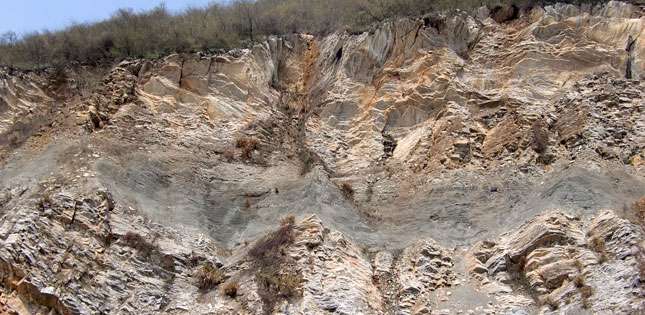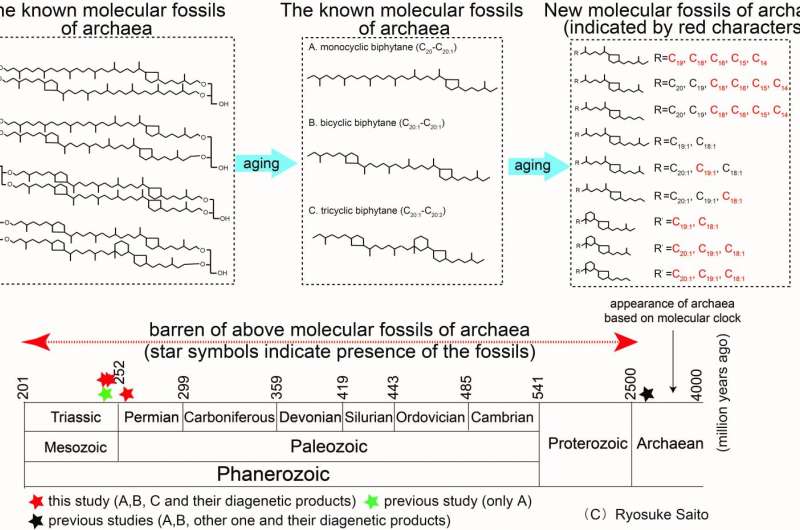Techniques used in forensic science help discover new molecular fossils

Researchers in Japan and China believe they have found new molecular fossils of archaea using a method of analysis commonly used in forensic science.
According to a system designed by microbiologist Carl Woese, there are three domains of life on Earth - Bacteria, Archaea and Eukaryota. To date, the distribution of archaea remains unclear especially for geologic periods dating back more than 2 million years. This is because except for halophilic, methanogenic and methanotrophic archaea, molecular fossils of archaea are rarely found, while those of bacteria and eukaryote are commonly found.
Studies of molecular clock suggest that archaea appeared around 3.8 billion years ago, while the results of more direct geological evidence from molecular fossils of archaea indicate a timeline of 0.2 billion years (with the exception of two records of 0.25 and approximately 2.7 billion years). The reason for the difference in timeframes could be due to the low biomass of archaea in earlier geologic periods, or to the lability of the molecular fossils, leading to decomposition.
A team led by Dr. Ryosuke Saito and Professor Kunio Kaiho of Tohoku University took sedimentary rock samples from southern China, and analyzed the organic molecules in them using gas chromatography-mass spectrometry (GC-MS). They found new fossils among the molecular fossils of archaea.

This is the first study to detect diagenetic products using GC-MS, a conventional instrument found widely in organic geochemistry laboratories. GC-MS has been regarded as a "gold standard" for forensic substance identification and is used in drug detection, fire investigation, environmental analysis and explosives investigation. It's also been used to identify extra-terrestrial samples.
Saito's team is now studying the archaeal distribution on Earth more than 2 million years ago. They believe that by analyzing the fossils using the GC-MS method, it will be easier to find archaea in sedimentary rocks.
More information: Ryosuke Saito et al, Tentative identification of diagenetic products of cyclic biphytanes in sedimentary rocks from the uppermost Permian and Lower Triassic, Organic Geochemistry (2017). DOI: 10.1016/j.orggeochem.2017.04.013
Provided by Tohoku University

















